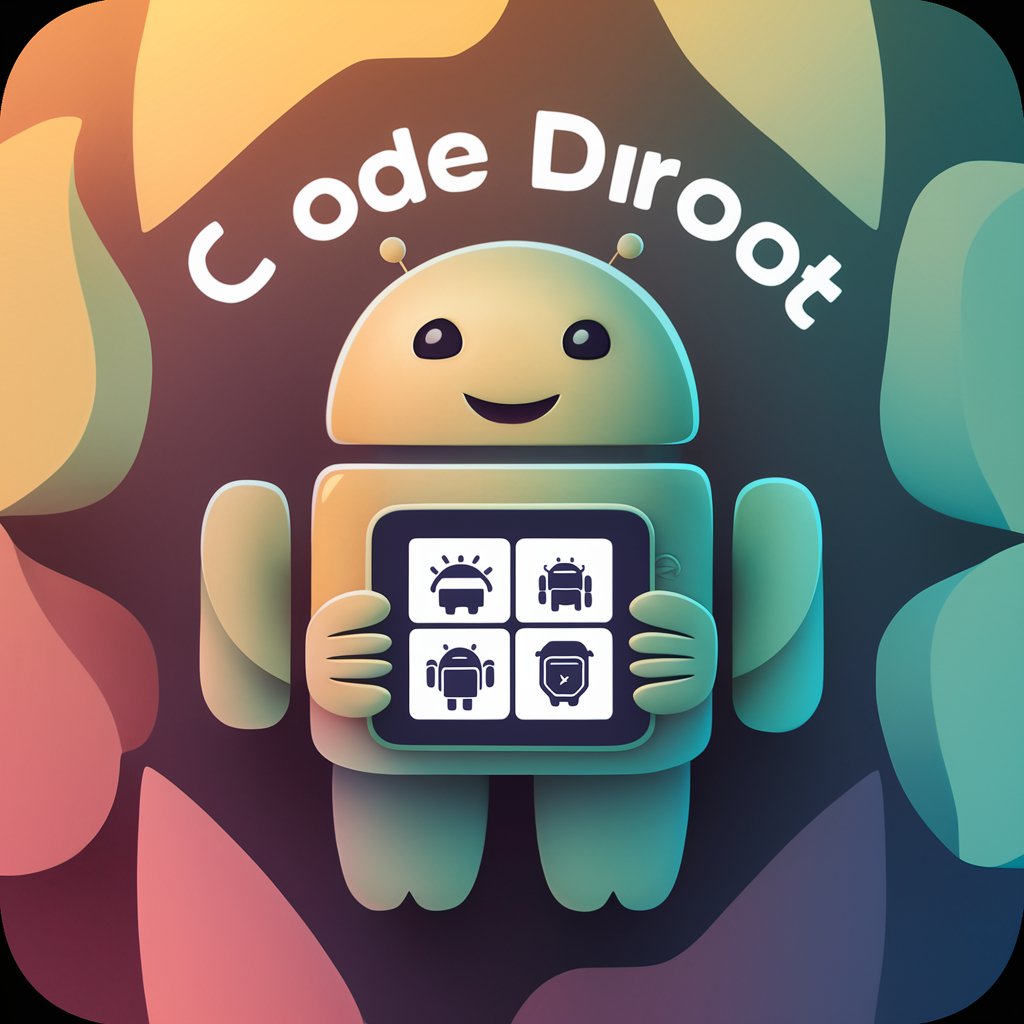Mongo - Scalable NoSQL Database

Bienvenue chez MongoDB Assistant!
Empowering applications with a flexible, high-performance NoSQL database.
Explain how to set up a MongoDB replica set.
Describe the differences between horizontal and vertical scaling in MongoDB.
How can I optimize query performance in MongoDB?
What are the benefits of using the aggregation framework in MongoDB?
Get Embed Code
Introduction to Mongo
Mongo, in the context of MongoDB 4.2, serves as a powerful NoSQL database system designed to handle document-oriented storage. It differs from traditional SQL databases by using documents (similar to JSON objects) for data representation, making it highly flexible and scalable. This design allows Mongo to store complex hierarchical relationships, arrays, and nested objects. For example, a blogging platform could use Mongo to store user profiles, posts, comments, and metadata about each post efficiently. Another scenario might involve an e-commerce website where Mongo could manage product catalogs, customer orders, and inventory data in a more structured and query-efficient manner. Powered by ChatGPT-4o。

Main Functions of Mongo
CRUD Operations
Example
Adding new products to an e-commerce catalog, updating customer information, or deleting outdated inventory items.
Scenario
MongoDB provides intuitive CRUD (Create, Read, Update, Delete) operations, enabling developers to easily interact with the database for maintaining dynamic data, such as updating a user's profile information or adding new products to an e-commerce site.
Aggregation
Example
Summarizing sales data by region or calculating average order values.
Scenario
MongoDB's aggregation framework allows for the processing of data records and return computed results. It is useful for analytics and data processing, such as calculating the total sales per region or the average order size in an e-commerce platform.
Indexing
Example
Creating an index on user emails to speed up login lookups.
Scenario
MongoDB supports indexing on any field in a document, which enhances performance on queries. For example, an application could index user email addresses to expedite authentication processes.
Replication
Example
Mirroring data across multiple servers to ensure high availability.
Scenario
MongoDB's replication feature allows for the duplication of data across multiple servers, ensuring data availability and redundancy. This is crucial for applications requiring high availability, such as online banking systems.
Sharding
Example
Distributing data across multiple machines to support very large datasets.
Scenario
MongoDB supports sharding, which partitions data across multiple servers, facilitating scalability and supporting large datasets effectively. This is particularly useful for social media platforms with millions of users generating large volumes of data.
Ideal Users of Mongo Services
Web and Mobile App Developers
Developers building dynamic web and mobile applications benefit from Mongo's flexible schema and JSON-like documents for rapid development and iteration.
Data Scientists and Analysts
Professionals who need to store, manipulate, and analyze large datasets find MongoDB's aggregation pipeline and indexing features particularly useful for real-time analytics.
IT and System Administrators
System administrators looking for scalable and highly available database solutions can leverage MongoDB's replication and sharding features for reliable data storage across multiple servers.
Startups and SMEs
Startups and small to medium enterprises (SMEs) favor MongoDB for its cost-effectiveness, scalability, and ease of use, which support rapid prototyping and flexibility in changing requirements.

How to Use Mongo
Begin with a free trial
Start your journey by visiting yeschat.ai for a hassle-free, no-login required, free trial experience. This allows you to explore Mongo's capabilities without any commitment or need for ChatGPT Plus.
Installation
Ensure MongoDB is installed and running on your system. You can download MongoDB from the official site and follow the installation guide suitable for your operating system.
Create and configure a database
Once MongoDB is running, use the mongo shell to create a new database and configure it according to your project's requirements.
Data manipulation
Learn to perform basic CRUD (Create, Read, Update, Delete) operations. MongoDB offers a flexible schema, allowing you to easily insert, query, update, and delete documents.
Explore advanced features
Dive deeper into MongoDB's features such as aggregation, indexing, and replication to optimize performance and reliability for your applications.
Try other advanced and practical GPTs
Blossom
Cultivate Joy in Gardening with AI

Code Droid
Empowering your Android development journey with AI.

Hormozi's Irresistible Offer Formula
Crafting Offers That Can't Be Refused

CFS Cheatcode
AI-driven Formula Student Mastery

Formula Wizard
Simplifying formulas with AI power

Blogging Buddy
Simplify. Engage. Illuminate.

Mongo Command Helper
Streamline MongoDB with AI

Monge
Unveil wisdom with AI-powered spiritual guidance

Mongo Expert
AI-powered MongoDB Expertise

Mongo
Simplifying wisdom, one insight at a time.

Zion White Bison Campaign Engineer
Elevate Your Online Presence

JavaScript Tutor
Elevate Your Code with AI

Mongo Q&A
What is Mongo designed for?
Mongo is designed to provide a scalable, high-performance, NoSQL database solution. It excels in storing and querying complex data structures with flexibility, high availability, and horizontal scalability.
Can Mongo handle relational data?
While Mongo is a NoSQL database optimized for document-oriented storage, it can handle relational data to some extent using embedded documents and references. However, it might not be as efficient as traditional relational databases for highly relational data.
How does Mongo ensure data integrity?
Mongo ensures data integrity through features like write concerns, journaling, and replication. These features allow for data redundancy, recovery options, and consistency levels tailored to application requirements.
What are indexes in Mongo, and why are they important?
Indexes in Mongo are data structures that store a small portion of the collection's data in an easy-to-traverse form. They improve query performance by efficiently locating documents without scanning every document in a collection.
What is aggregation in Mongo, and when would you use it?
Aggregation in Mongo processes data records and returns computed results. It's used for batch processing of data and creating operations like summing, averaging, or grouping of data. Aggregation is essential for data analysis and reporting tasks.
